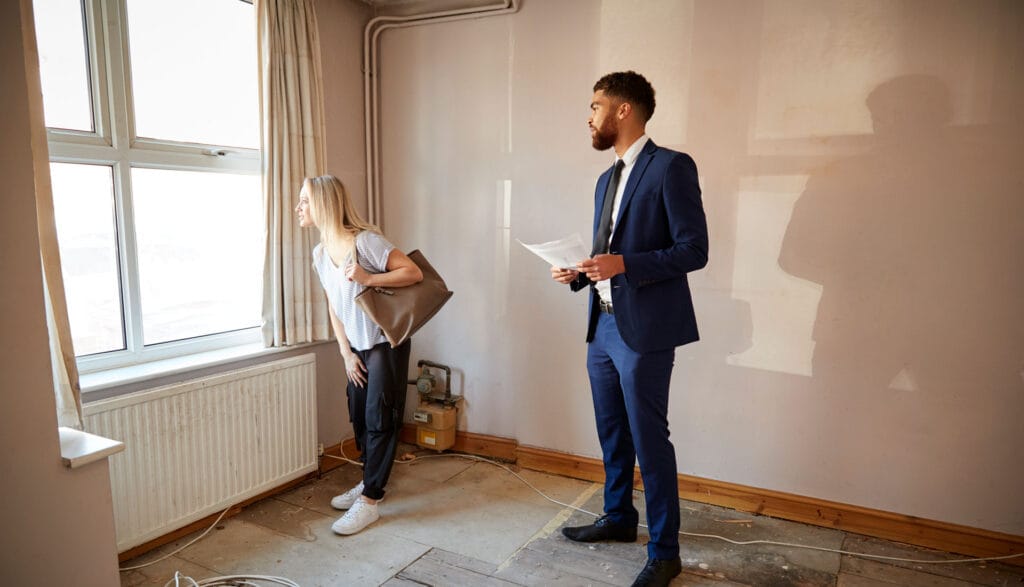Damp Checklist for Homebuyers: What to Look for Before You Purchase
Buying a home is an exciting time, but damp and mould can turn your dream home into a nightmare. Left untreated, damp causes long-term damage to the property and poses health risks to occupants. As a homebuyer, it’s crucial to check for signs of damp before you purchase a property. Use this checklist when viewing homes to avoid expensive damp issues down the line.
Inspect the Exterior
Start your damp inspection with the outside of the property. Look for:
- Stained exterior walls – Dark patches may be damp. See if the stains appear frequently in the same areas.
- Moss or algae growing on walls – A sign of excess exterior moisture. Check the north facing walls which get less sunlight.
- Faulty gutters or downpipes – Leaks can cause water to soak into the walls. Inspect them for proper slope, damage and blockages.
- Poor drainage – Does the ground slope away from the house? Standing water invites damp. Make sure there are no depressions near the walls trapping water.
Check the Interior Thoroughly
Next, scour every room inside for red flags:
- Peeling wallpaper – The wallpaper bubbles or falls off when the underlying plaster is damp. Look along the lower part of walls and corners.
- Stains or damp patches on walls and ceilings – They may be discoloured or have white, crystalline deposits. See if they appear in repetitive patterns.
- Mould growth – Look in corners, on ceilings, behind furniture and under carpets (if allowed). Also, check the window frames which can harbour mould.
- Musty, earthy smell – The telltale odour of damp. The smell is most noticeable in enclosed spaces like cupboards.
- Crumbling, damp plaster – Poke any suspect areas with your finger. Crumbling plaster is a sure sign of dampness.
- Condensation – Signs include water droplets on windows and black mould in corners. Condensation forms when warm air meets cold surfaces.
- Rotting wood – Look for soft, crumbly skirting boards, door frames and floorboards. Probe any warped or cracked wood.
Pay Special Attention to High-Risk Areas
Certain parts of the home are dampness hotspots. Be vigilant in:
- The basement – Check for signs of rising damp on walls and floors. Look for white tide marks on the walls as a sign of rising damp.
- The bathroom – Inspect for mould, condensation and leaks. Check under the sink and around the bath and shower.
- The kitchen – Water and steam create ideal conditions for mould growth. Inspect under the sink, around pipework and inside cupboards.
- Near plumbing – Check under sinks and along pipe routes. Look for staining or dampness around all water fixtures.
If you spot multiple signs of damp in a home, consider getting a professional damp survey done before completing the purchase, so you can negotiate with the seller for a reduced purchase price – fixing issues like rising damp or having walls repointed can be expensive!
Don’t ignore the warning signs – a damp inspection now can prevent expensive headaches after moving into your new home.
